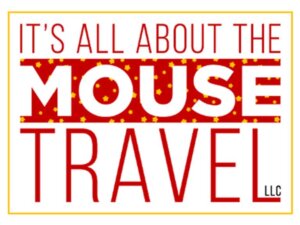Hard Things You Have to Do to Be a Great Leader: Part One
There is an anonymous email going around titled “16 Hard Things You Have to Do to Be a Great Leader.” Usually, I am not a fan of anonymous; however, there are a couple of exceptions.
First, at Disneyland, tucked away to the right of Sleeping Beauty Castle, is Snow White’s Grotto. This is one of the more charming and quieter areas of the otherwise often busy areas of the park. The Grotto consists of ivory statues of Snow White, the Seven Dwarfs, a few woodland creatures, a bridge, and a beautiful cascading waterfall. The story goes that sometime early in the 1960s, Walt received the statue set as an anonymous gift. He loved the donation and very much wanted to incorporate it into the park. It remains one of my favorite stops on my private Disneyland tours.

Secondly, Albert Einstein reminds us that “Coincidence is God’s way of staying anonymous.” With that in mind, I want to start looking at these 16 anonymous “Hard Things” you must do if you want to be a great leader. I want to add a twist, however.
A Walt twist.
Let’s take a look at these 16 hard things through the lens of Walt’s life and the Disneyland/Walt Disney World story. This will be a several part series, with our focus this week being on the first four:
1. You have to make the call you’re afraid to make:
Walt broke ground on Disneyland in July 1954 with a hectic one-year construction schedule and a commitment to opening the park to a national television audience in July 1955. By New Year’s Day, the pressure was mounting, and it was obvious that construction compromises would have to be made. Tomorrowland was the least developed section, so Walt agreed to his staff’s suggestion to board up Tomorrowland with an attractive fence, announcing that it would open later, i.e. “tomorrow.” No sooner was the decision made than Walt made a different and difficult decision. “We’ll open the whole park,” he told his staff. “Do the best you can with Tomorrowland, and we’ll fix it up after we open.” What call are you afraid to make? What difficult decision have you been putting off? Go ahead and take the lead. Why? Because that’s what leaders do!
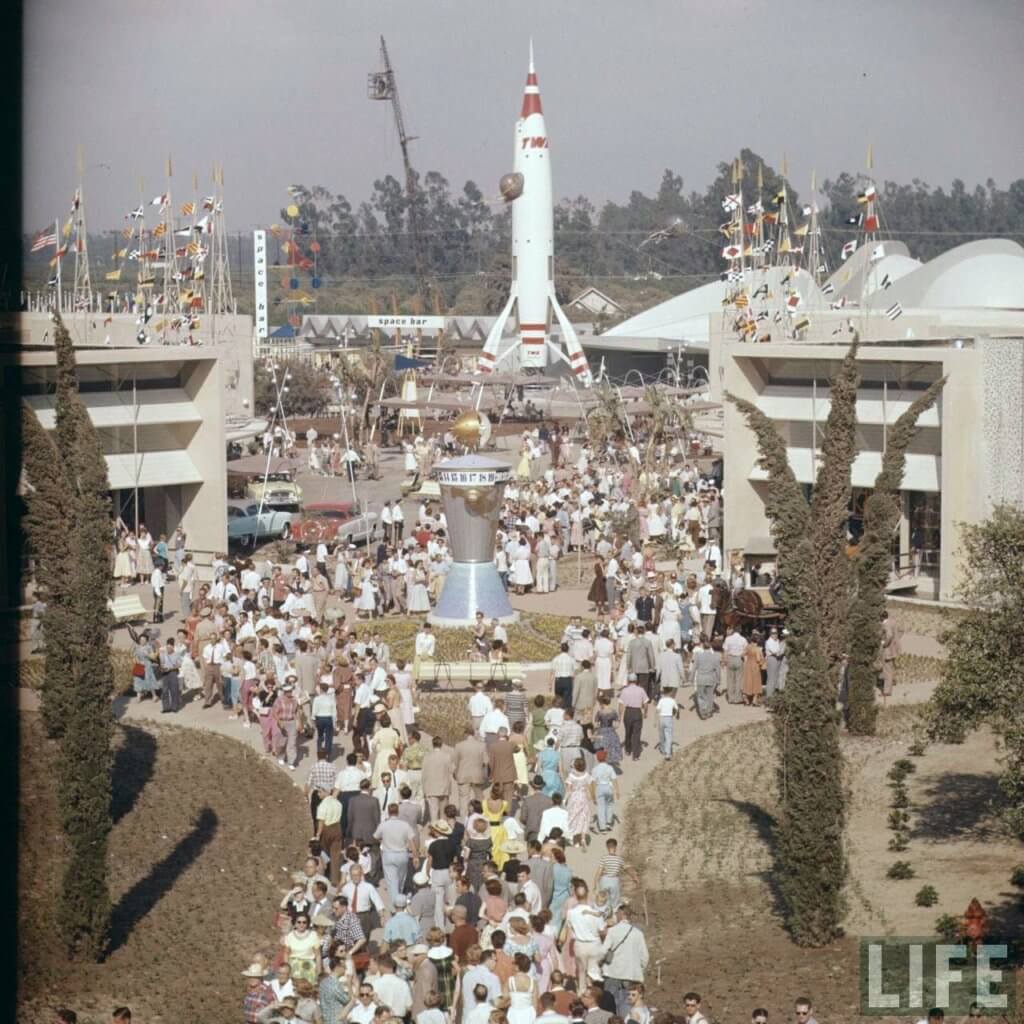
2. You have to get up earlier than you want to:
I’m not really sure what Walt’s daily schedule looked like i.e., what time he awoke and what time he went to bed. What I do know is that his brother, Roy, once said, “I’ve never known Walt when he wasn’t working.” I also know Walt worked at Disneyland all night long the night before it opened, mostly in the previously mentioned unfinished Tomorrowland, helping paint the giant squid at the 20,000 Leagues Under the Sea exhibit before sleeping in his apartment above the Main Street Firehouse for just a few hours on the morning of the opening day festivities. What can you accomplish tomorrow by setting your alarm fifteen minutes earlier tonight? What example can you set as a leader by joining in with your team sooner rather than later?
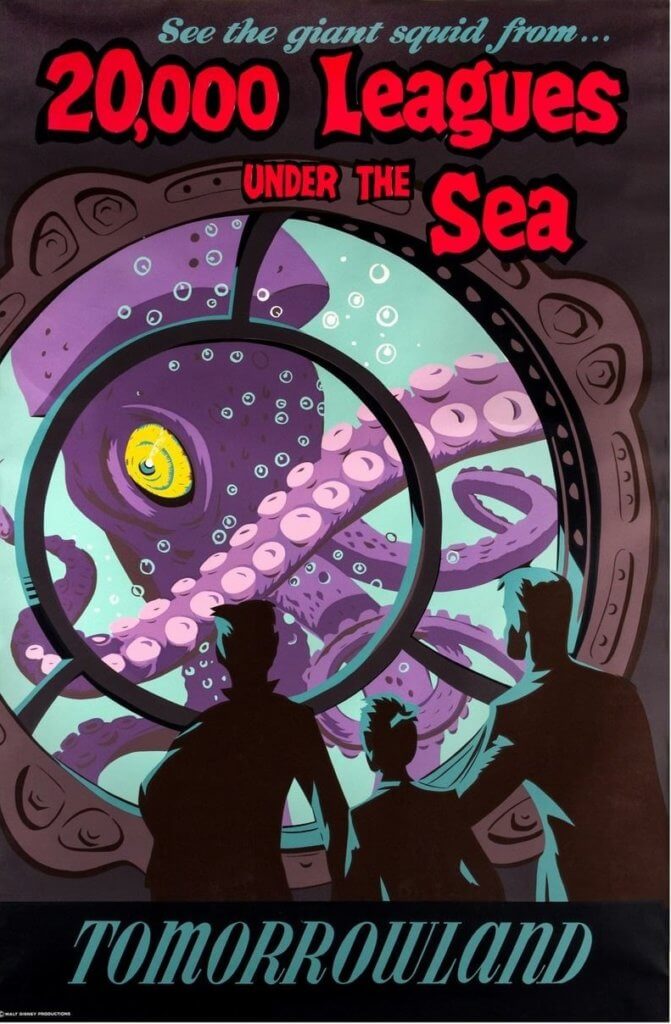
3. You have to care more about others than they care about you:
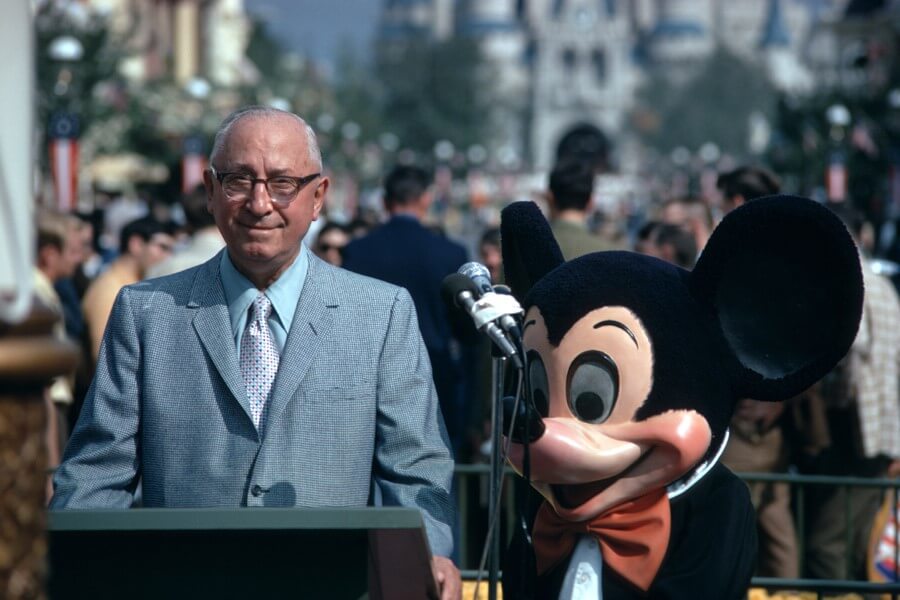
Speaking of Walt’s brother, Roy Disney started each day at the office by reviewing any insurance claims made by company employees the day before. He wanted to see who was having problems so he could talk to their managers or supervisors to find out what the company could do to assist. This was Roy’s first priority. Not the company’s stock price. Not the previous day’s box office receipts. Not the number of theme park tickets sold. Roy knew the company’s health rested on the health and wellbeing of its team. What is your first priority each morning? Each day? What does that priority say about what, and who, you care about?
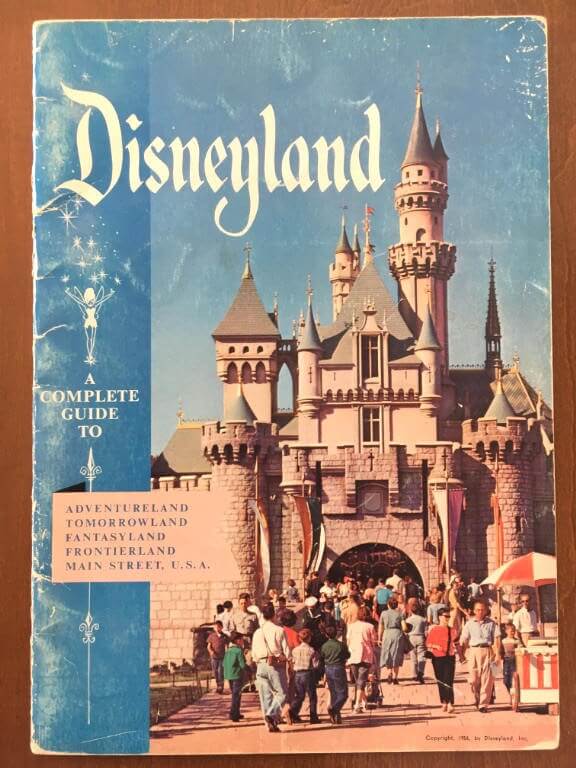
4. You have to give more than you get in return right away:
Like everything else in life, the cost of producing and printing Disneyland’s hallmark souvenir guidebook increased over time. When the price points nearly met, .24 cents to make versus .25 cents in revenue, Walt’s merchandising team advocated doubling the price to .50 cents. Walt’s answer was “No.” According to Marty Sklar in Dream! Do It!, “Walt’s reasons were clear and direct. ‘Look,’ he said, ‘we don’t have to make a profit on every line of merchandise. Our guests take those souvenir books home, put them on their coffee tables, and their friends see them and think, ‘That place looks like fun!’ And when they come, they buy tickets to the park, and food, and merchandise inside. That’s when we’ll make our profit. Keep the price at .25 cents; I want as many souvenir books as you can sell in homes across the country—around the world.’” Sometimes being a business leader means looking for loss leaders. What value can you begin giving away knowing you will eventually receive more in return?
That is all for this week. Let me know which one of these four is your favorite. I look forward to sharing a few more in the next article!
